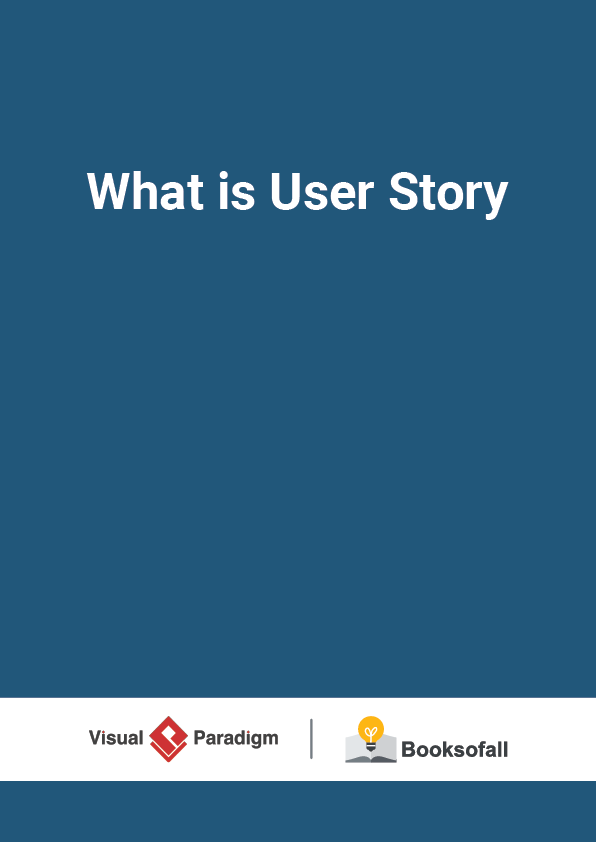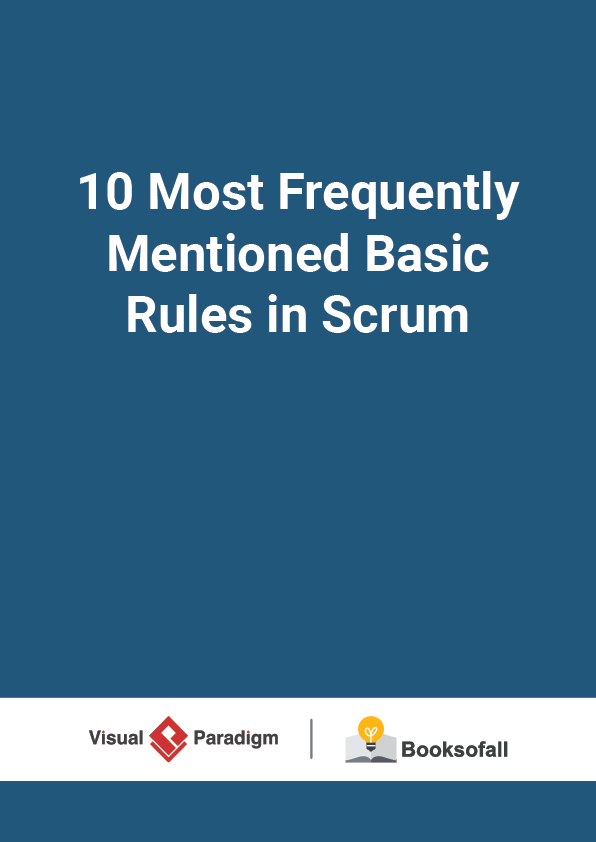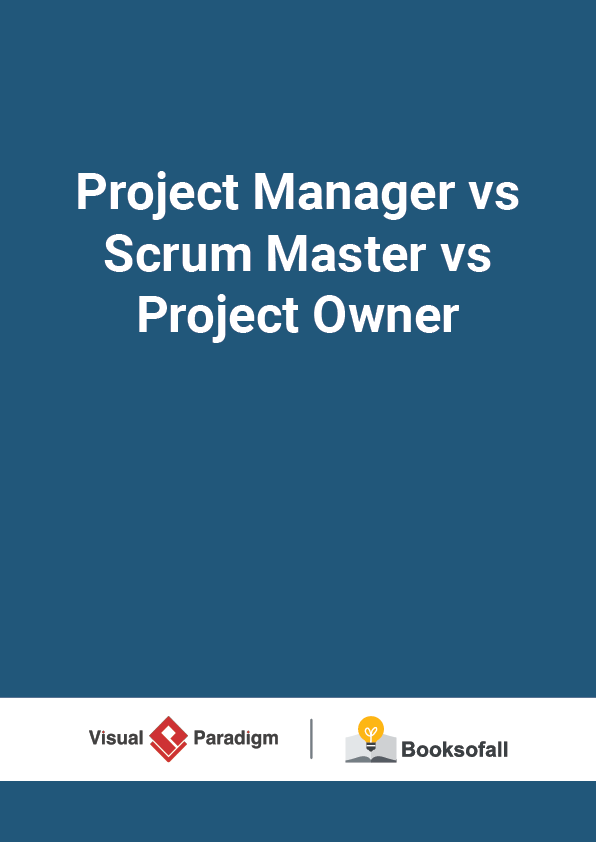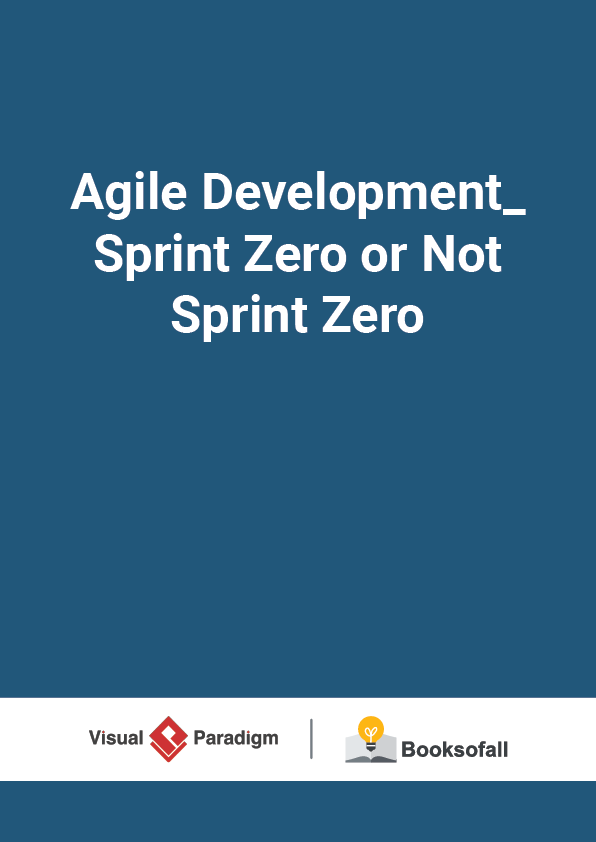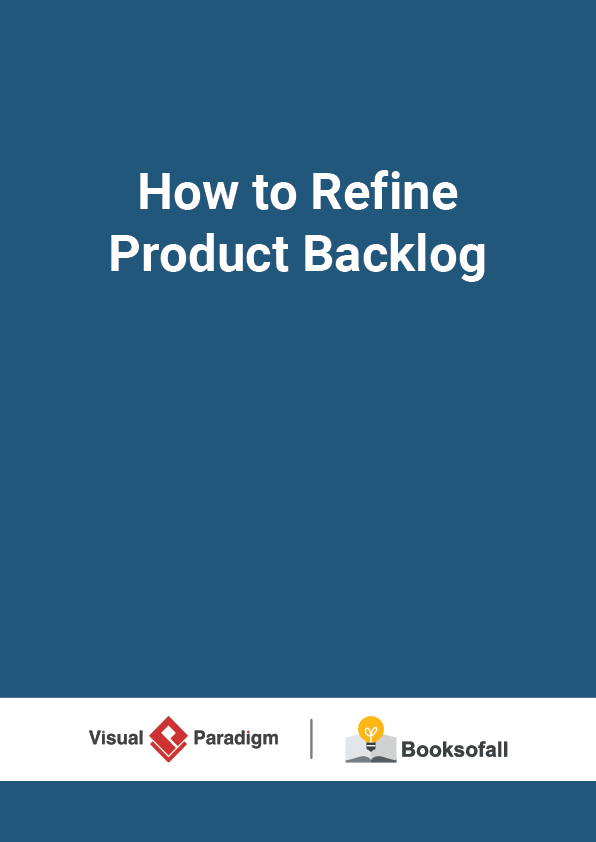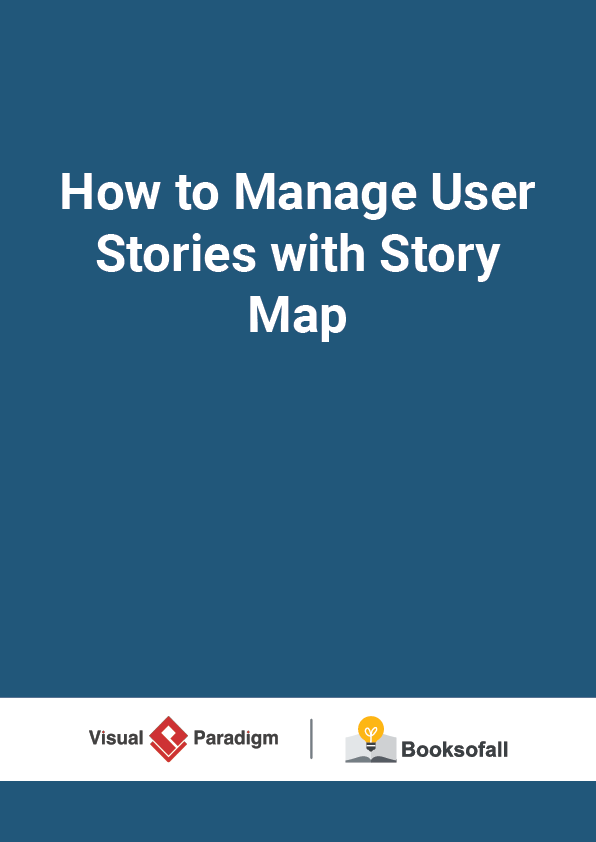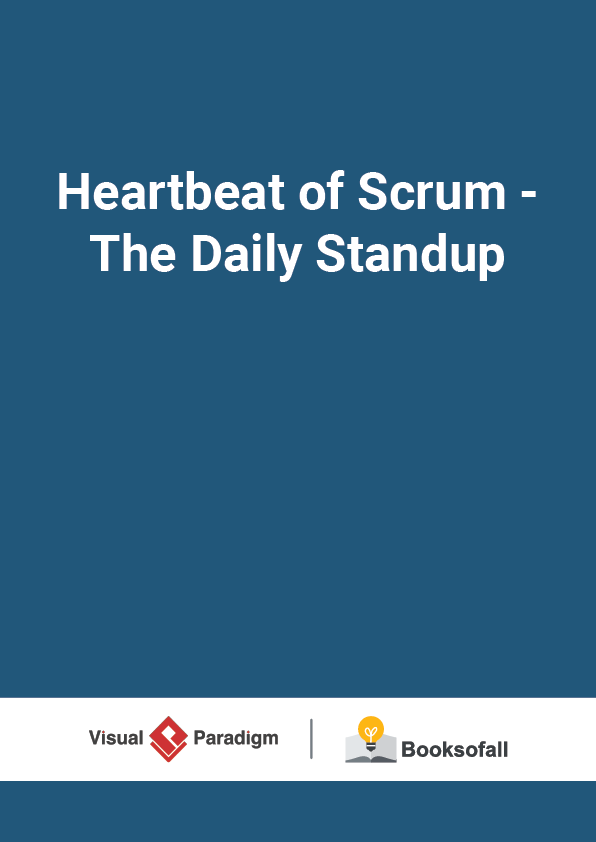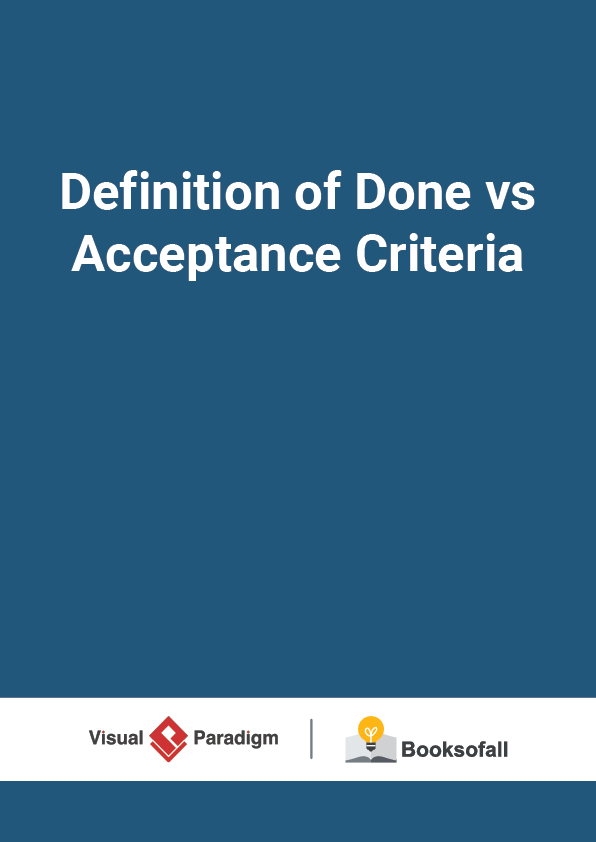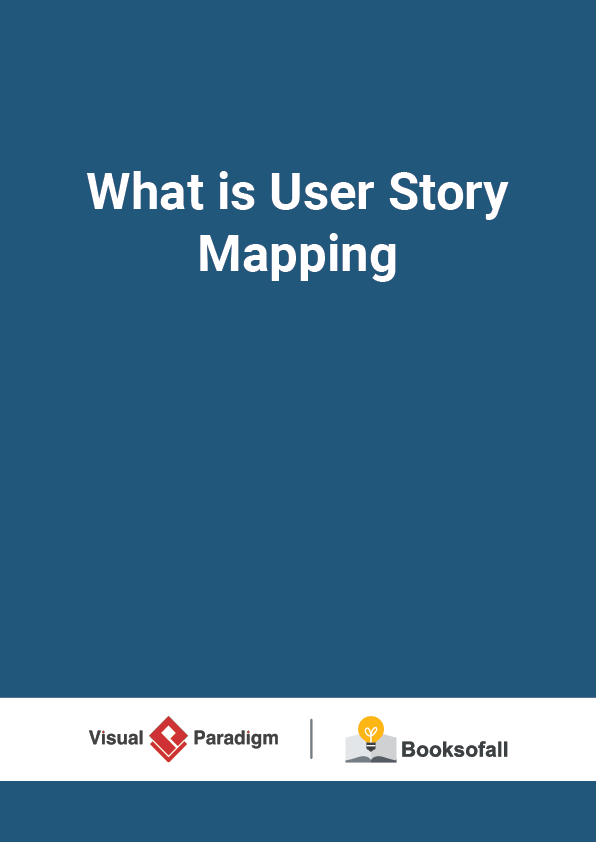What is User Story?
In software development and product management, a user story is an informal, natural language description of one or more features of a software system. A user story is a tool used in Agile software development to capture a description of a software feature from an end-user perspective. A user story describes the type of user, what they want and why. A user story helps to create a simplified description of a requirement.
User stories are often recorded on index cards, on Post-it notes, or in project management software. Depending on the project, user stories may be written by various stakeholders such as clients, users, managers or development team members.” User stories are part of an agile approach that helps shift the focus from writing about requirements to talking about them. All agile user stories include a written sentence or two and, more importantly, a series of conversations about the desired functionality” -Mike Cohn, a main contributor to the invention of Scrum software development methodology
Need an agile software solution for product backlog management? Visual Paradigm supports a powerful agile toolset that covers user story mapping, affinity estimation, sprint management, etc. It’s powerful but yet easy-to-use, intuitive and, most important, AGILE.
Why User Stories?
Requirements always change as teams and customers learn more about the system as the project progresses. It’s not exactly realistic to expect project teams to work off a static requirements list and then deliver functional software months later.
With user story approach, we replace big upfront design with a “just enough” approach. User stories reduce the time spent on writing exhaustive documentation by emphasizing customer-centric conversations. Consequently, user stories allow teams to deliver quality software more quickly, which is what customers prefer. There are quite a few benefits for adopting user story approach in agile development such as:
- The simple and consistent format saves time when capturing and prioritizing requirements while remaining versatile enough to be used on large and small features alike.
- Keep yourself expressing business value by delivering a product that the client really needs
- Avoid introducing detail too early that would prevent design options and inappropriately lock developers into one solution.
- Avoid the appearance of false completeness and clarity
- Get to small enough chunks that invite negotiation and movement in the backlog
- Leave the technical functions to the architect, developers, testers, and so on
Basic Concepts of User Story
A user story is a lightweight method for quickly capturing the “who”, “what” and “why” of a product requirement. In simple terms, user stories are stated ideas of requirements that
express what users need. User stories are brief, with each element often containing fewer than 10 or 15 words each. User stories are “to-do” lists that help you determine the steps along the project’s path. They help ensure that your process, as well as the resulting product, will meet your requirements.
A user story is defined incrementally, in three stages:
- The brief description of the need
- The conversations that happen during backlog grooming and iteration planning to solidify the details
- The tests that confirm the story’s satisfactory completion
And these, although, are known as the 3C’s – Card, Conversation and Confirmation. We will talk more about this later on in this user story guide.
